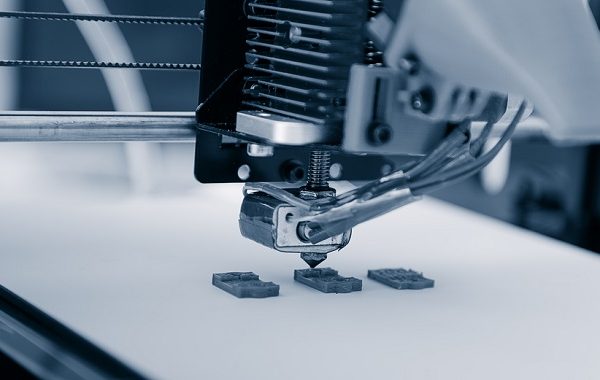06
Aug

As the 3D printing technology is becoming more affordable, an increasing number of individuals and small business owners are starting to take advantage of it. But with so many options available, how do you know which model is best for your needs and how much money you should spend on one? Worry not, that’s why we’re here – to clear up any confusions you may have and to inform you about the most important factors to consider when buying a 3D professional printer.
Although today you can buy different 3D professional printer models, many of them are expensive to maintain. If you are a beginner, there are two models you should consider: FDM 3D printers and resin 3D printers. FDM is a popular 3D printing method used in desktop 3D printing. Capable of fabricating robust parts reliably and quickly, FDM 3D printers are a cost-effective method for product development and rapid prototyping in small business and education sectors.
Resin 3D printers use stereolithography technology (SLA) which creates smooth-surfaced objects with extreme detail. They are very popular in the jewelry industry and cosmetic dentistry for creating castable molds. Generally speaking, these printers are harder to handle than the FDM 3D printers and you should choose them only if you have good reasons to do so.
Knowing the size of the items you want to print beforehand will help you determine the build volume to look for in the 3D printer. Build volume is the maximum print size of a printer and it is often indicated in inches or millimeters. Generally, large build volume printers will enable you to print large objects.
Generally speaking, higher resolution means more details, which in turn, requires a slower printing speed. For example, creating a baseball takes less time than printing a shoe. The configuration and quality of the print will also affect the speed of the printing. In other words, a small nozzle will produce superfine prints but at a low printing speed, while a larger nozzle will work quickly but will compromise the print’s quality.
3D printing is an emerging and complex technology. This means that it may take you some time to master even the most user-friendly 3D printer. You will have to learn about the various settings in the slicing software, such as picking the right printing material and choosing the best printing speed for your project. You will also need to find out the strengths and limitations of your printer.
So, if you are a beginner, I suggest you try the most basic desktop models first and work your way up as your skills develop. Not knowing how to use your printer correctly can cause you to spend more time and money repairing it than using it. It might be helpful to find someone experienced enough to guide you through the process first.